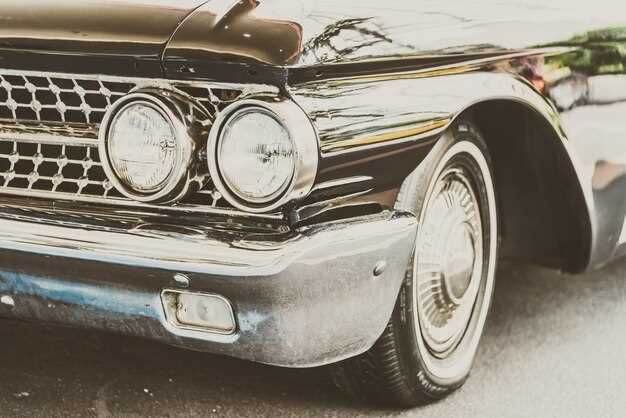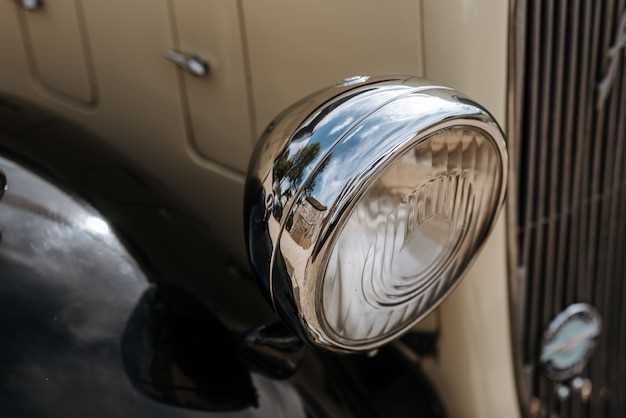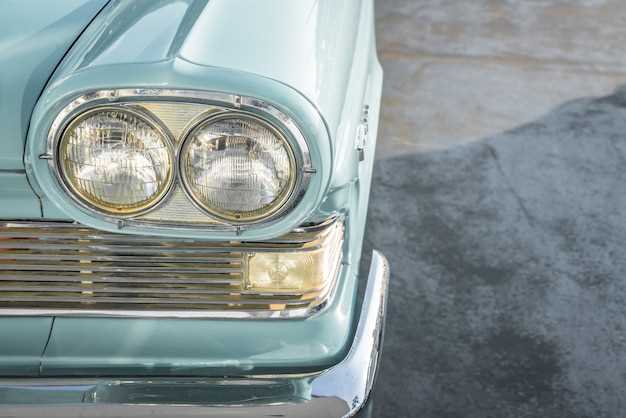
The world of classic cars offers a unique investment opportunity, with certain models still lurking in the shadows of the market, waiting to be discovered. These undervalued classics represent not only a passion for automotive history but also a chance for savvy investors to capitalize on their inherent value. As car enthusiasts and collectors know, the right vehicle can appreciate significantly over time, making it a potentially lucrative asset.
In this article, we will explore five specific classic cars that are currently undervalued and ripe for investment. With market trends fluctuating and an increasing interest in vintage automobiles, now is the perfect time to consider these hidden gems. Understanding the nuances of the classic car market is crucial, as it can help define which models will appreciate and why.
As we delve deeper into the realm of classic cars, we will highlight key features, potential return on investment, and factors that contribute to their perceived value. Whether you are a seasoned collector or a newcomer to the classic car scene, these insights will guide you toward making informed decisions that could lead to significant profits in the future.
Identifying the Best Classic Cars Undermarket Value
Identifying undervalued classic cars in the market requires a keen understanding of trends, historical significance, and current demand. The first step is to research models that have historically demonstrated appreciation over time. Look for brands that have a strong heritage and reputation, such as Ferrari, Porsche, and Mercedes-Benz, as these often hold their value better than others.
Next, analyze auction results and collector car sales to identify patterns in pricing. Pay attention to models that have recently been overlooked or that have not yet gained popularity among enthusiasts. Often, classic cars in lesser-known trims or with specific options can be undervalued despite their potential for appreciation.
It’s essential to evaluate the condition of the car as well. Cars that have been well-maintained, with original parts and minimal modifications, typically appreciate more reliably. Additionally, consider the car’s rarity and production numbers; limited editions or unique variants can provide significant potential for profit.
Networking with classic car clubs, attending car shows, and engaging with online forums can also yield insights into undervalued models. Enthusiasts often share knowledge about cars that may not currently be on the radar of the broader market.
Another approach is to keep an eye on emerging trends and preferences. As tastes shift, what is currently undervalued might become highly sought after. Stay informed about key industry events, restorations, and celebrity collections that can impact market perceptions.
Ultimately, a combination of thorough research, community engagement, and a deep understanding of the classic car market will help in identifying the best opportunities for investing in undervalued classic cars. With patience and diligence, investors can capitalize on these gems before they rise in value.
Evaluating Potential Returns on Classic Car Investments

When considering investments in classic cars, evaluating potential returns is crucial for making informed decisions. The classic car market is distinctive, with various factors influencing valuation and appreciation over time. Undervalued vehicles present unique opportunities for savvy investors, as they may offer the best potential for growth.
Key factors to assess include the car’s rarity, condition, and historical significance. Rare models or limited-production vehicles often appreciate significantly, while well-maintained classics with original parts tend to yield higher returns. Moreover, cars with notable racing history or celebrity ownership can demand premium prices in the market.
Market trends also play a vital role in determining the future value of classic cars. Economic shifts, changes in consumer preferences, and emerging trends can affect demand. For instance, an increasing interest in electric vehicles might influence the desirability of certain classic combustion engine models, impacting investment potential.
Additionally, the overall health of the collector car market should be monitored. Understanding how external factors like economic conditions and collector demographics influence pricing can help investors identify undervalued gems. Tools such as auctions, private sales, and online platforms provide insights into current market valuations, guiding investment strategies.
Lastly, documentation and provenance are essential when evaluating classic cars. Comprehensive records can enhance a car’s appeal and value, providing confidence to future buyers. Thus, investing in properly documented vehicles increases the likelihood of higher returns on investment in the long run.
Maintaining and Enhancing Value of Classic Cars for Resale

Investing in classic cars requires not only a keen eye for undervalued models but also a commitment to maintaining and enhancing their value over time. The classic car market fluctuates, and proper care significantly influences resale potential. Regular maintenance and upgrades can help keep these vehicles in prime condition.
One of the most crucial aspects of maintaining a classic car is adhering to a consistent service schedule. Regular oil changes, brake checks, and tire rotations are essential. Furthermore, using high-quality parts and fluids that are suitable for classic models helps preserve their performance and longevity. Documenting all maintenance work can also boost the car’s resale value, demonstrating to potential buyers that the vehicle has been well cared for.
Another important factor is the condition of the car’s exterior and interior. Regular washing, waxing, and applying protective coatings can help prevent rust and paint deterioration. Additionally, restoring or replacing worn interiors enhances aesthetic appeal, increasing value. Keeping the car in a temperature-controlled, dry environment can minimize damage caused by harsh weather conditions.
Upgrades that are in line with the car’s era and original specifications are often seen as value enhancers by collectors. These can include improved braking systems, updated sound systems, or classic-style rims. Legitimacy in modification is crucial; keeping changes subtle and period-appropriate can maximize desirability in the classic car market.
Finally, engaging with the classic car community can offer insights and potential partnerships for enhancing car value. Networking with fellow enthusiasts, attending shows, and participating in forums can provide valuable information on trends and shifts in market demand. Cultivating a strong history and connection within the community may also make a classic car more attractive to future buyers.

